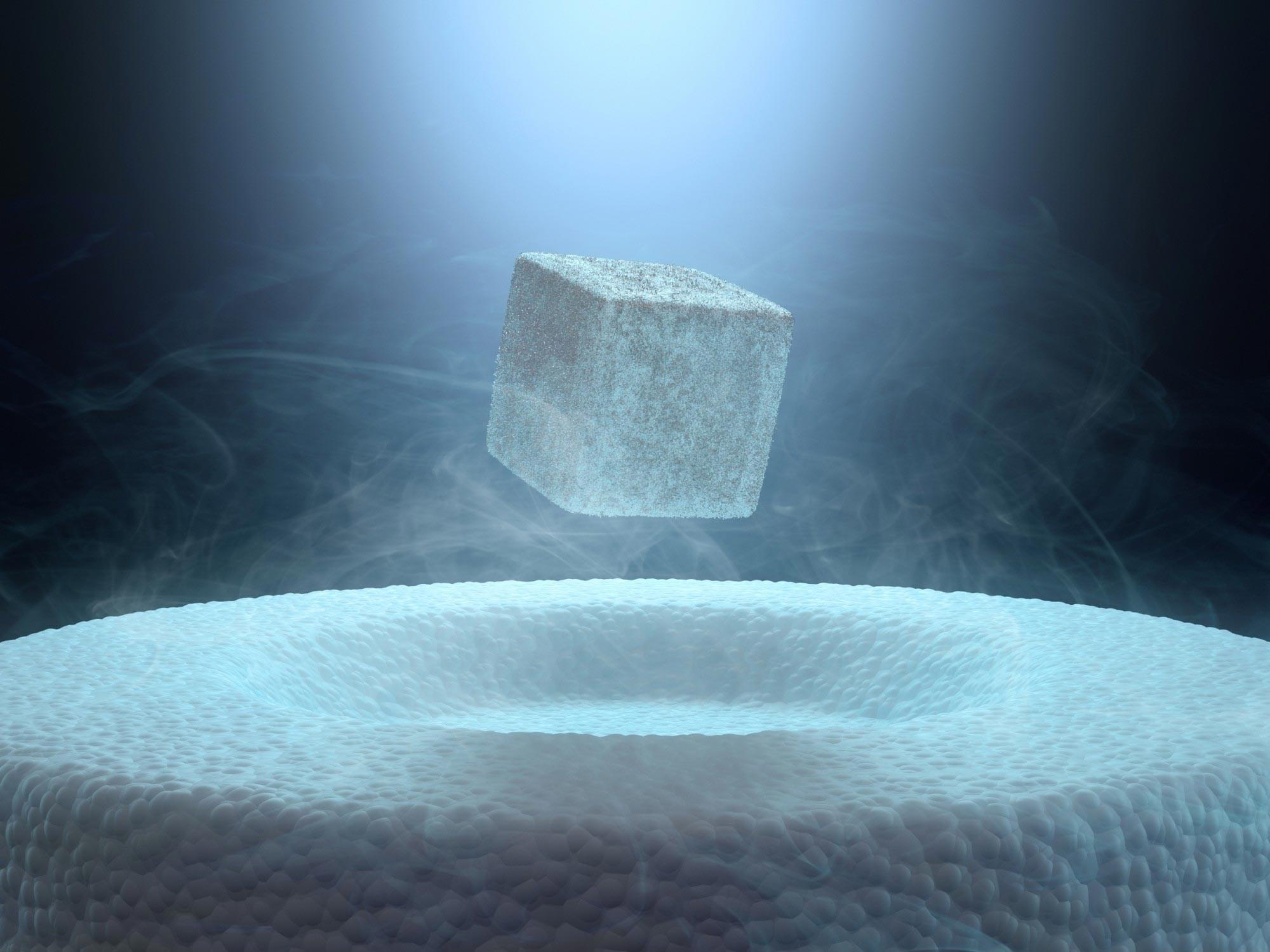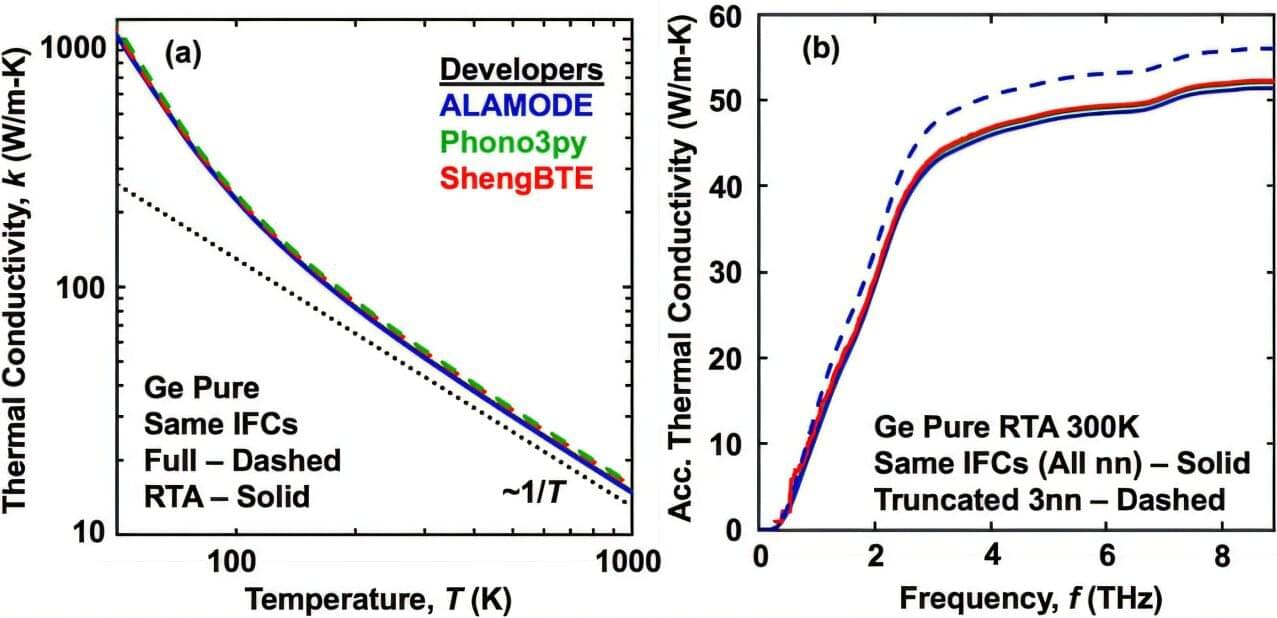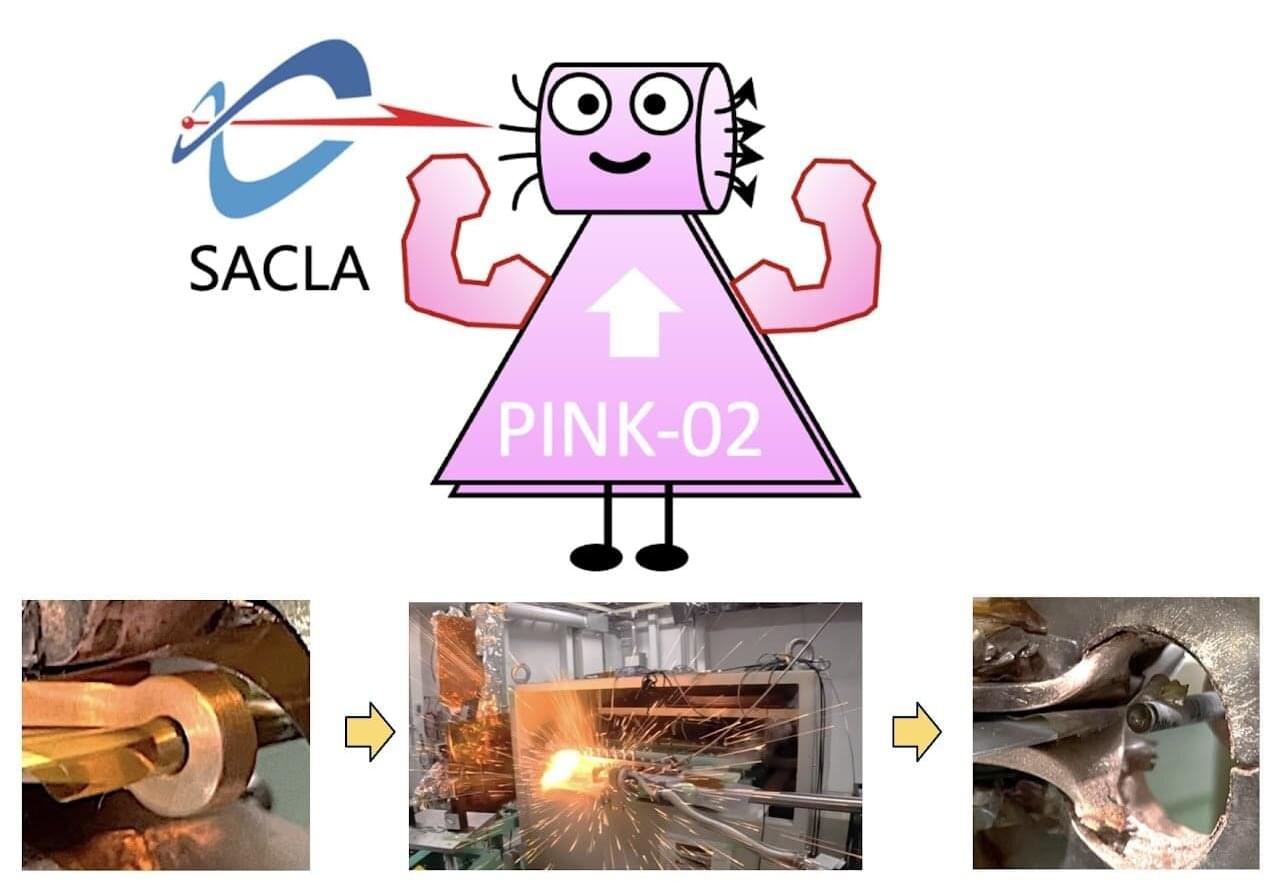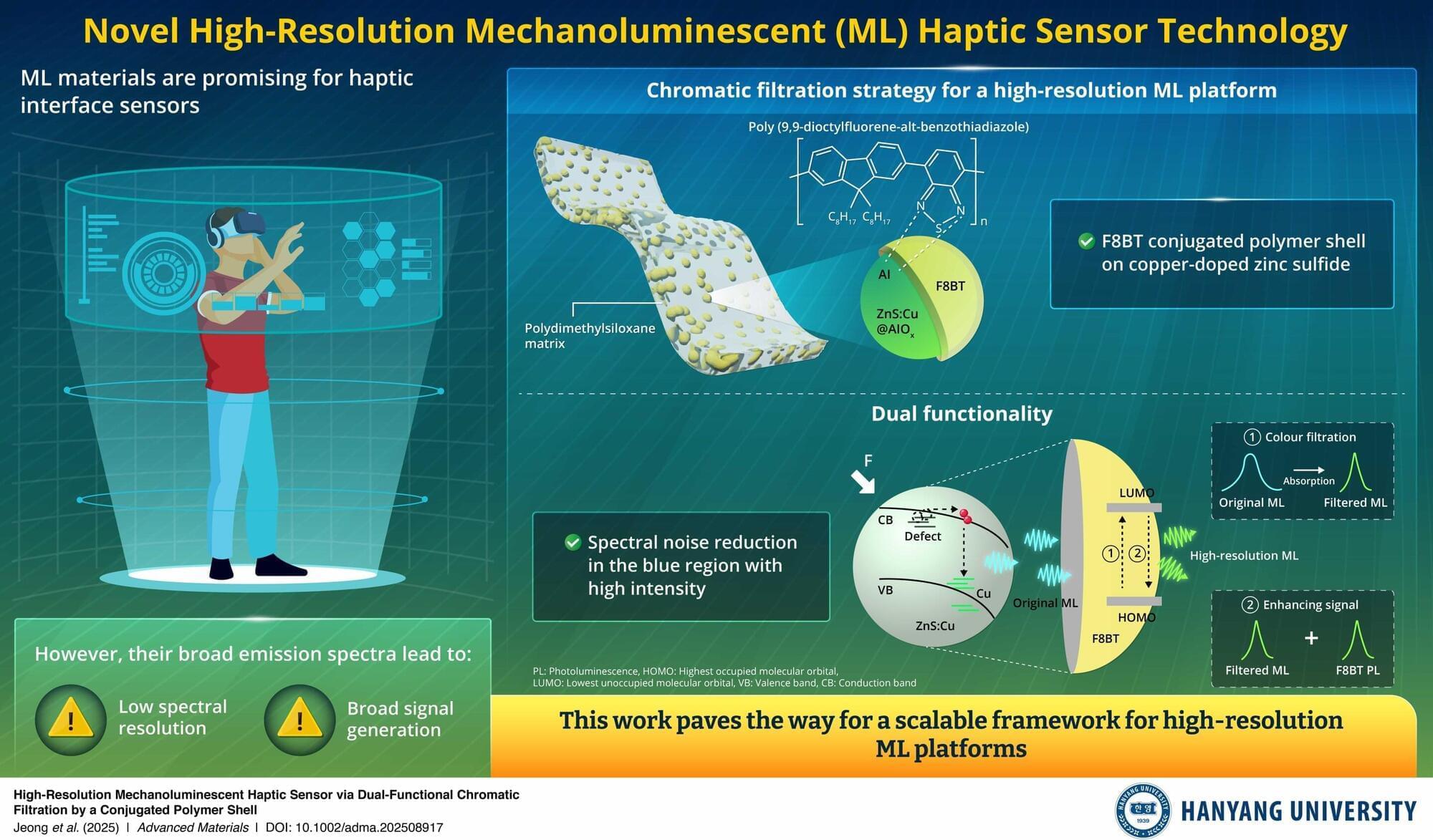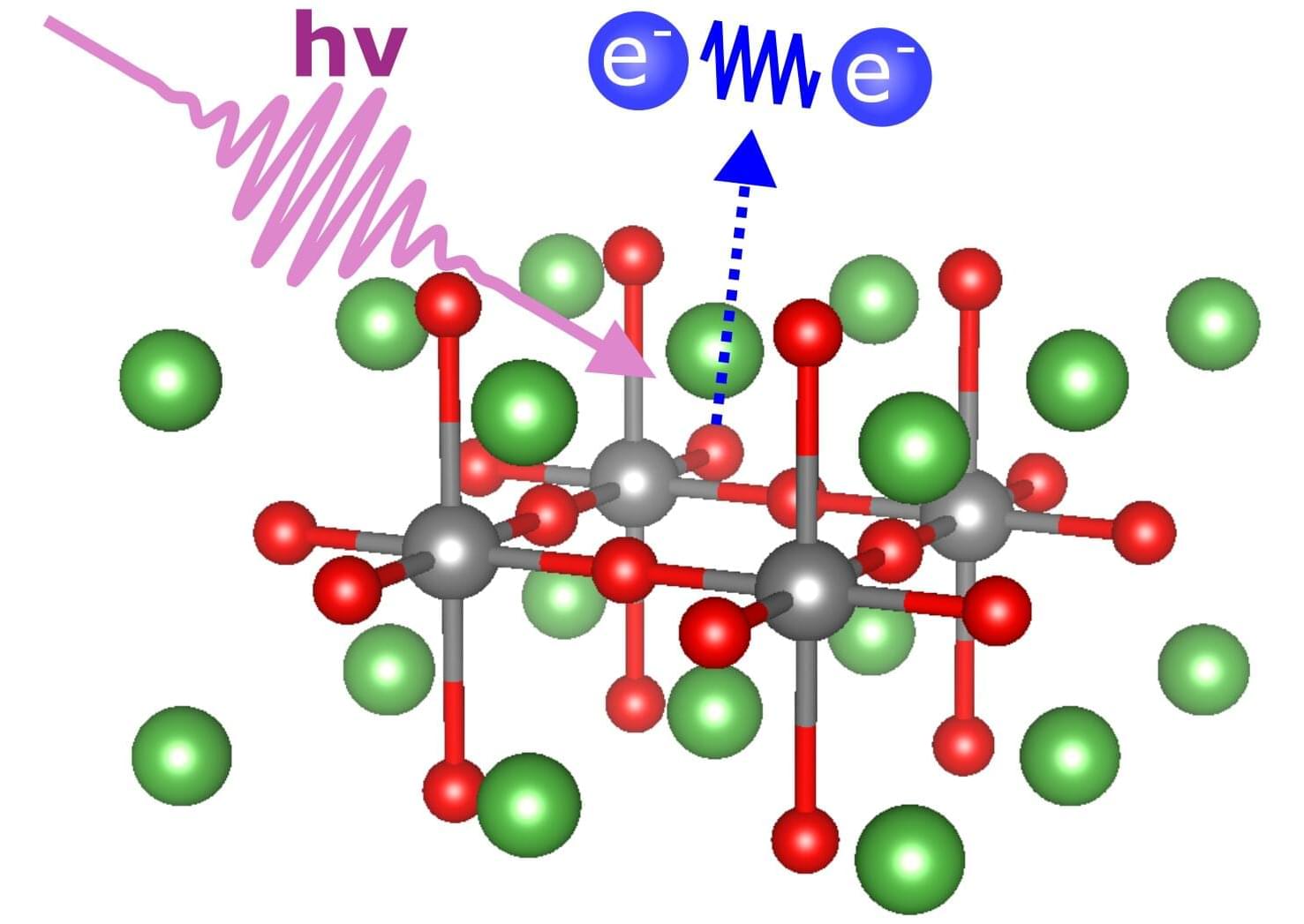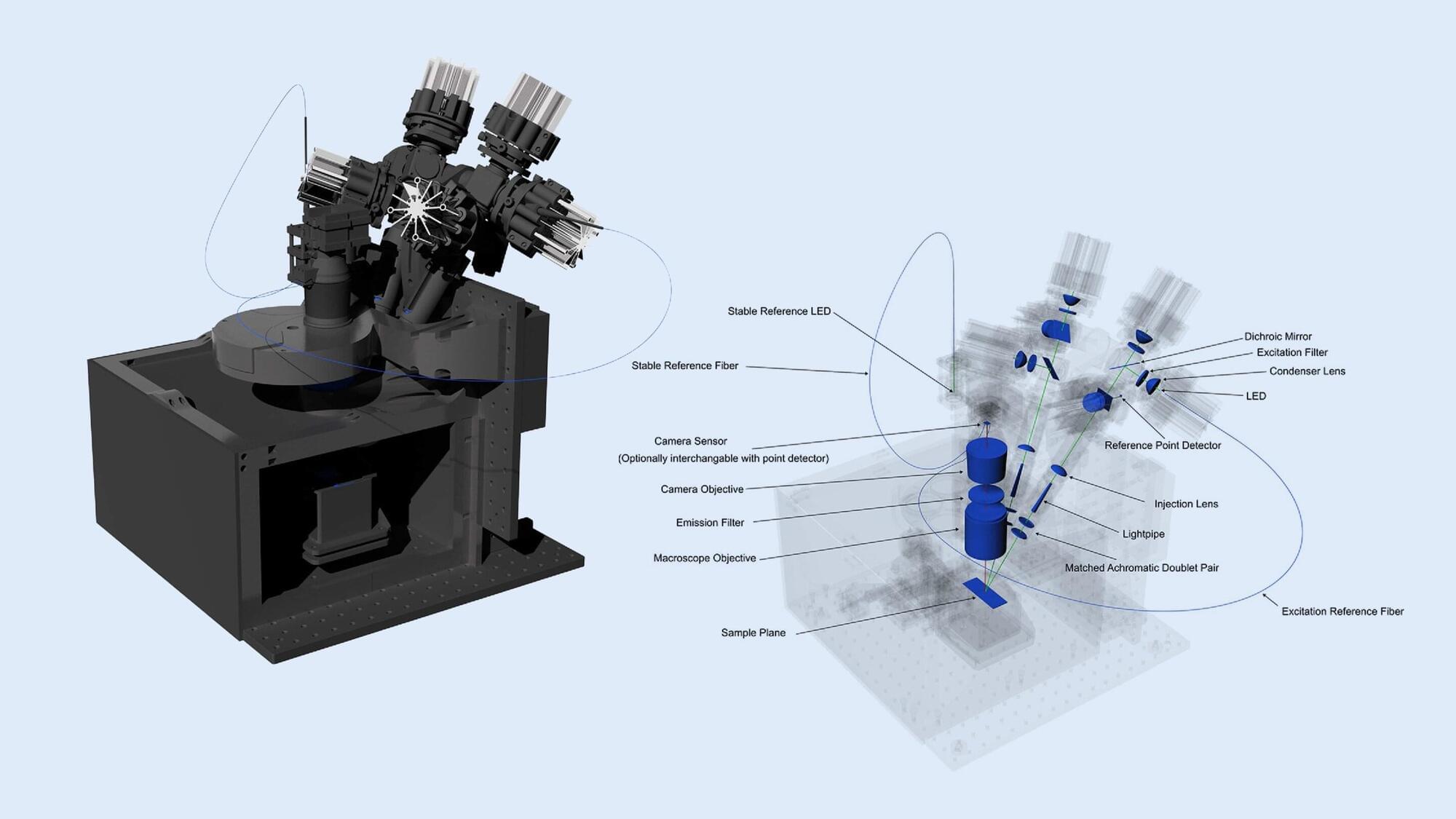Graphene can be made from plants and even carbon dioxide aswell as any other carbon based materials. This could make a near unlimited supply of graphene.
Muhammad taqi-uddeen safian, umirah syafiqah haron, and mohamad nasir mohamad ibrahim
Biomass waste has become a new source for producing graphene due to its carbon-rich structure and renewable nature. In this paper, the research on the conversion of bio-based graphene from different biomass wastes is summarised and discussed. This paper reviews the methods for converting biomass to bio-based graphene. There are two approaches for thermal degradation of biomass: thermal exfoliation and carbon growth. The purpose of the thermal treatment is to increase the carbon content by removing volatile matter from the biomass polymer chain. Pre-treatments that help to break down the complex structure of the biomass are discussed; pre-treatments also remove impurities from the said biomass. Lastly, the characteristics of bio-based graphene produced from different biomass and thermal treatments are summarised.


